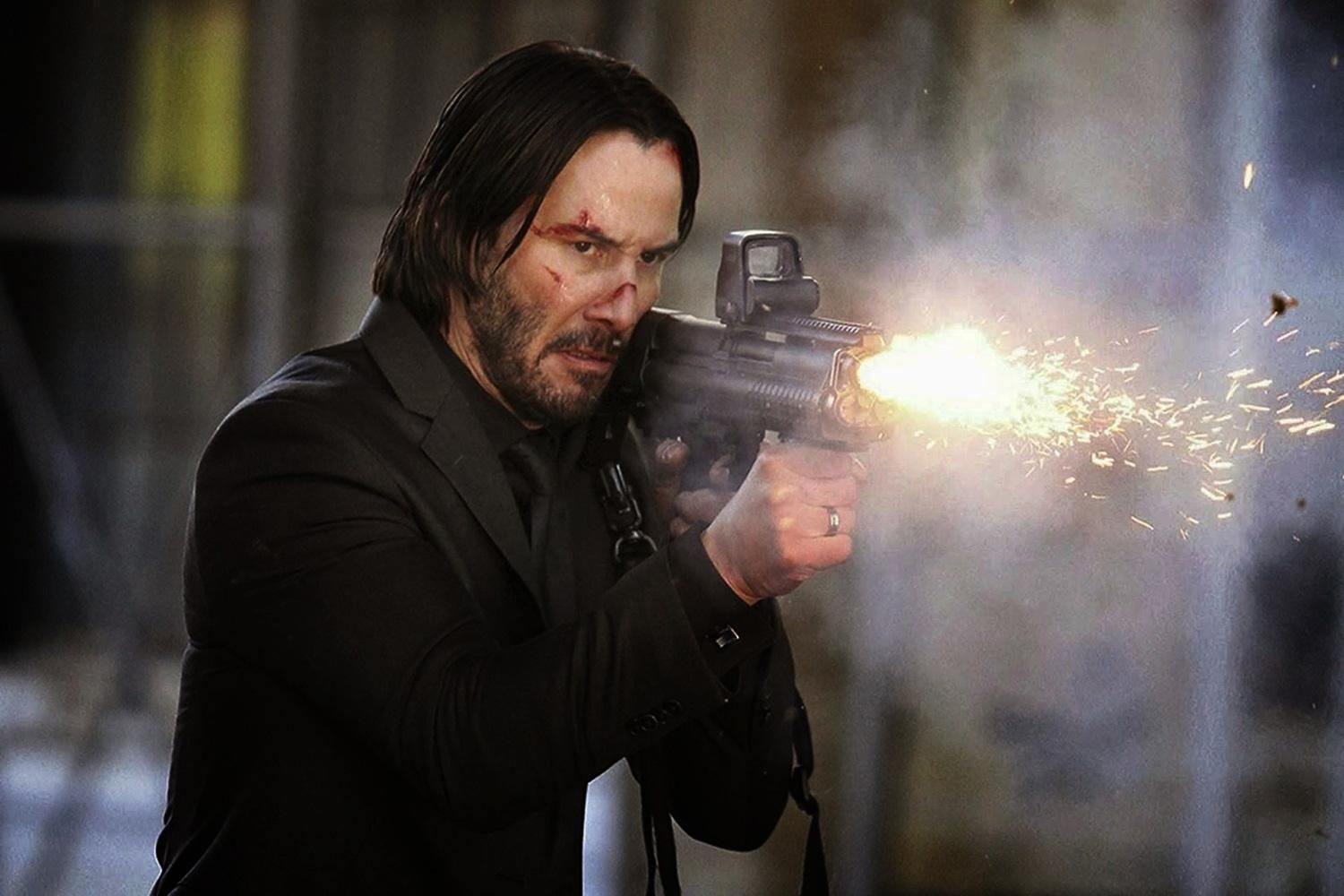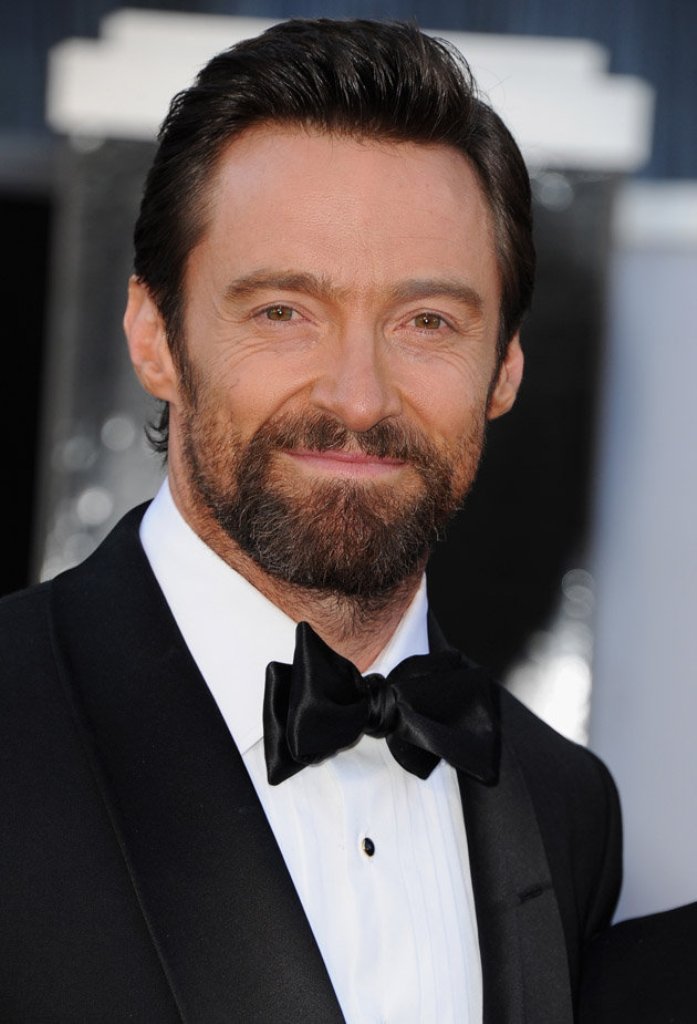
In an era saturated with endless streaming options, where our screens flicker with new releases daily, a curious phenomenon persists: many of us find ourselves returning, time and again, to the comfort and profound satisfaction of older movies. This isn’t merely a matter of personal taste or fleeting sentimentality; it speaks to a deeper, more intrinsic quality that seems to imbue films of yesteryear with a longevity and resonance often eluding contemporary productions. The question isn’t just whether old movies are ‘better,’ but rather, what inherent characteristics allowed them to achieve such timelessness, captivating audiences across generations, while so many modern titles feel, as the sentiment goes, ‘more disposable’?
From the meticulous craft of performance to the deliberate unfurling of narratives, and from the thematic gravitas that explored the human condition with profound depth to the very essence of what constituted a ‘movie star,’ the cinematic landscape has undergone a dramatic shift. This transformation, stretching from the ‘golden era’ of the 1960s through the 1990s into today’s digital age, presents a compelling contrast. It compels us, as observers and creators within the industry, to dissect the core differentiators that bestow upon certain films an almost mythical status, allowing them to age not just gracefully, but magnificently.
As a filmmaker, one constantly grapples with the intricate alchemy of storytelling, performance, and audience engagement. To understand why some cinematic works continue to captivate long after their release, we must delve into the foundational differences that separate classic and modern cinema. This exploration will illuminate the profound impact of evolving acting methodologies, narrative structures, thematic priorities, the very definition of celebrity, and the fundamental shifts in how stories are conceived and consumed. It’s a journey into the heart of what makes a movie truly unforgettable, offering insights into the art form’s enduring power.
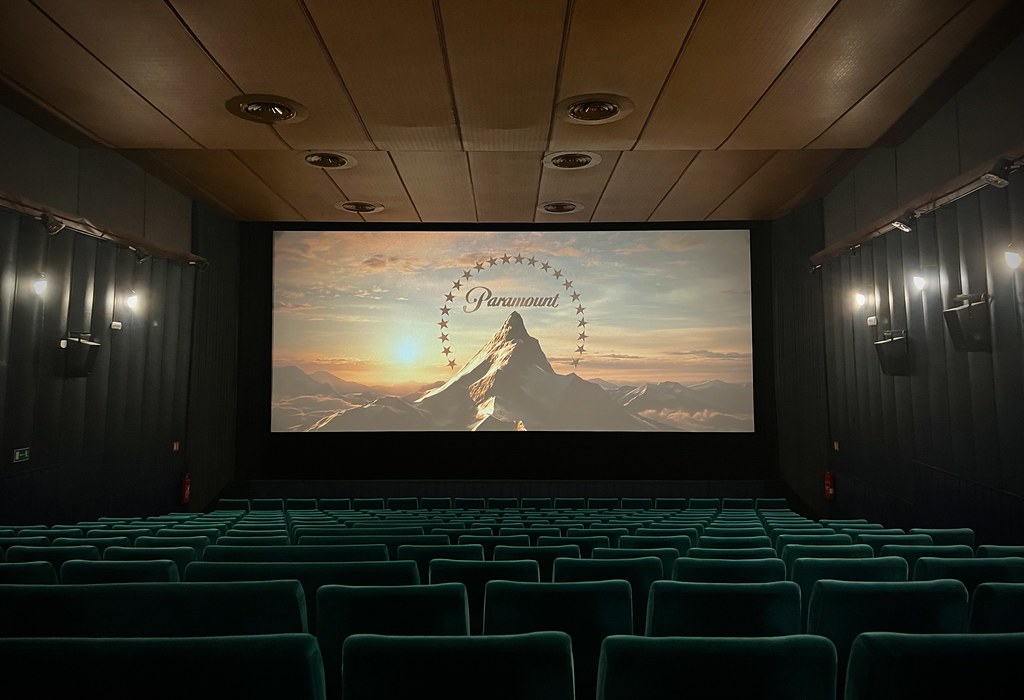
1. **The Style of Acting and Emotional Memory: A Foundation of Naturalism**
One of the most striking distinctions between older and modern cinema lies in the very technique of acting. Recent studies suggest that the acting system prevalent in classic films, often attributed to Constantin, cannot be directly compared to today’s approaches. This technique was fundamentally based on an actor’s ability to ‘summon emotional inspiration’ for specific scenes. It introduced the profound concept of ‘Emotional Memory,’ compelling actors to draw upon their own past emotional experiences to authentically connect with and portray their character’s inner world. This focus on internal, lived emotion created performances that felt deeply resonant and inherently natural, forming a powerful bond with the audience.
This emphasis on emotional depth and naturalism was also necessitated by the technological constraints of the time. In older movies, acting had to be ‘more natural’ precisely ‘as there was less reliance on special effects.’ Without the digital wizardry that can now create fantastical worlds or simulate intense action, the burden of conveying a story’s emotional core and dramatic tension rested almost entirely on the shoulders of the performers. Their nuanced expressions, subtle gestures, and powerful delivery were the primary conduits for character development and plot progression, demanding a level of authenticity that transcended mere dialogue.
The resulting performances from this era often possess a timeless quality, rooted in universal human experience rather than fleeting trends. Actors were required to inhabit their roles with a profound sense of psychological realism, making their characters feel palpable and relatable, irrespective of the period setting. This intense cultivation of inner life, coupled with a cinematic environment that celebrated raw human expression, allowed these performances to resonate deeply, contributing significantly to the lasting impact and ‘better aging’ of the films they graced. It’s a testament to the power of human emotion as the ultimate special effect.
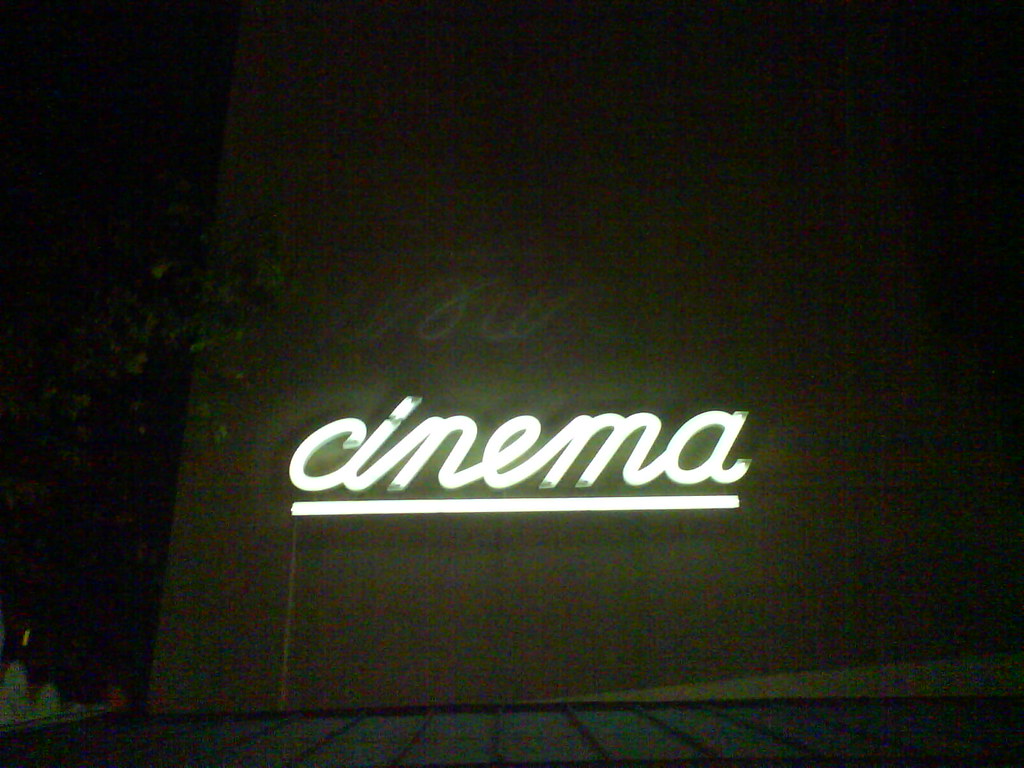
2. **The Art of Pacing and Narrative Development: Unhurried Immersion**
A significant characteristic that distinguishes older films is their deliberate and often unhurried pacing. While some audiences, particularly younger generations, might perceive this as slow or even ‘fall asleep,’ the context clarifies that this measured tempo was a conscious choice designed to ‘provide much more explanation.’ Conversations were often longer, and scenes might be filmed from a consistent angle, fostering an environment where the audience was invited to immerse themselves fully in the narrative without the constant jarring of rapid cuts or quick transitions. This artistic decision allowed the story to breathe, for nuances to emerge, and for the audience to truly absorb the unfolding events.
This extended narrative canvas was critically leveraged for profound character development. ‘Previous studies’ reported that older movies focused ‘a lot more on character development and conversation.’ Filmmakers of that era operated ‘with the general assumption that people had the time to watch these longer films.’ This luxury of time allowed for the intricate weaving of backstories, motivations, and internal conflicts, presenting characters not as one-dimensional figures but as complex individuals whose journeys the audience could genuinely invest in. The narrative wasn’t just about what happened, but *why* it happened, and the deep internal shifts within those experiencing it.
Contrast this with today’s filmmaking, where ‘modern movies are largely not focused on deeper conversations,’ with many moviemakers choosing instead ‘to focus on the action behind a scene and the special effects and CGI’ that are perceived to ‘catch viewers’ eyes more so than the dialogue.’ This shift reflects a contemporary adaptation to audience expectations, but it often comes at the expense of the rich, layered storytelling that defined older classics. The unhurried pace of the past, therefore, was not a deficiency but a strength, enabling a depth of narrative and character that remains compelling and meaningful for generations.
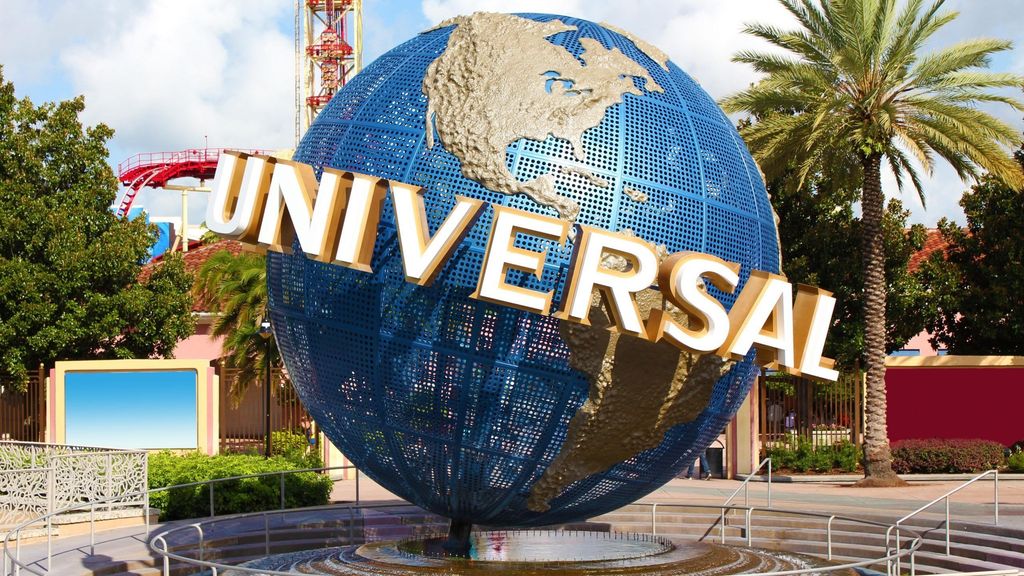
3. **Thematic Depth and Originality: Exploring ‘Better Worlds’ and Universal Truths**
The fundamental difference between old and modern movies often pivots around their subject matter and core themes. While today’s ‘younger audience with a shorter attention span wants movies to be more fast-paced for a thrill and overall stress reliever,’ classic cinema frequently delved into profound and universal human experiences. Many old movies, as the context points out, focused more ‘on love or war,’ allowing for ‘easier to become attached to a character’s story arc as there was a lot of time put into explaining their past and what led them to the moment you’re watching.’ This narrative commitment cultivated a deeper emotional investment from the viewer.
Furthermore, ‘previous research has also suggested that older movies introduced their viewers to different and ‘better’ worlds.’ These cinematic journeys were not merely escapist; they often served a didactic purpose, where ‘after watching a movie, a viewer could take the lessons they learned and adapt them to their real-life situations with ease.’ This aspirational quality, rooted in presenting scenarios and characters that offered guidance or reflection on real-world challenges, elevated films beyond mere entertainment. They became cultural touchstones, offering insights into societal values, moral dilemmas, and the intricacies of the human condition, contributing to their enduring relevance.
Alarmingly, a significant concern raised is the perceived decline in originality in contemporary filmmaking. ‘How many ‘modern’ movies are just remakes of older classics?’ the text asks, observing that ‘there is less originality today in plot lines and new concepts.’ This reliance on ‘rebranding older movies thanks to fancy new technology’ signals a creative conservatism, where the industry often retreats to familiar territory rather than venturing into uncharted narrative landscapes. This re-packaging, while commercially driven, often misses the unique spark that makes a story timeless, making the original, thematically rich works of the past stand out with even greater clarity.
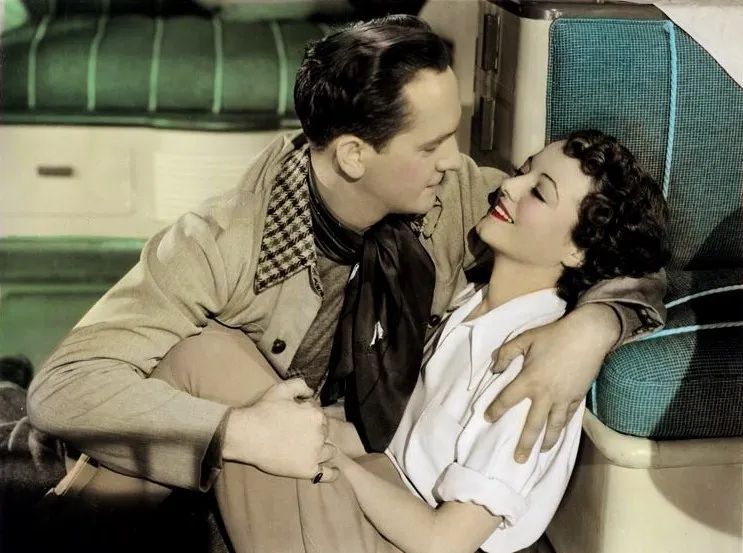
4. **The Golden Age of Movie Stars and Mystique: Icons Beyond the Screen**
Perhaps one of the most ‘noticeable distinctions’ between past and present Hollywood is the very ‘concept of the “movie star.”’ The decades spanning the 1960s through the 1990s were truly ‘dominated by larger-than-life actors who defined entire eras of filmmaking.’ These individuals transcended mere performance; they were ‘cultural icons, shaping fashion, music, and even political discourse.’ Think of figures like Paul Newman, Audrey Hepburn, Robert De Niro, Meryl Streep, and later, Tom Cruise or Julia Roberts – their presence on screen was an event, imbued with a charisma and talent that felt almost mythical. They were not just actors but embodiments of an era, possessing an ‘effortless cool that seemed untouchable.’
A critical component of this star power was ‘mystique.’ Unlike today, where ‘actors are expected to be as much influencers as they are performers,’ and are ‘constantly accessible via social media,’ the legends of the past maintained an alluring distance. Their ‘private lives remained largely enigmatic,’ which ‘making their on-screen personas all the more compelling.’ This scarcity of personal information fueled public fascination, allowing audiences to project their own imaginings onto these figures, enhancing their larger-than-life status. The absence of constant updates and curated glimpses into their daily lives fortified their professional aura, ensuring that their performances were the primary, and often sole, window into their world.
This mystique meant that a star’s presence alone could elevate a film, making audiences ‘truly invest in’ protagonists not just for the script, but for the sheer magnetic force of the actor. The combination of undeniable talent and an almost unreachable public persona created a potent alchemy that fostered lasting iconic status. Today, while talent abounds, the continuous accessibility and self-promotion demanded by modern media platforms ‘diminish the aura of mystery that once surrounded the greats.’ The golden age of movie stars, therefore, offered a unique blend of talent and enigma that undeniably contributed to the enduring legacy and ‘better aging’ of the films they illuminated.
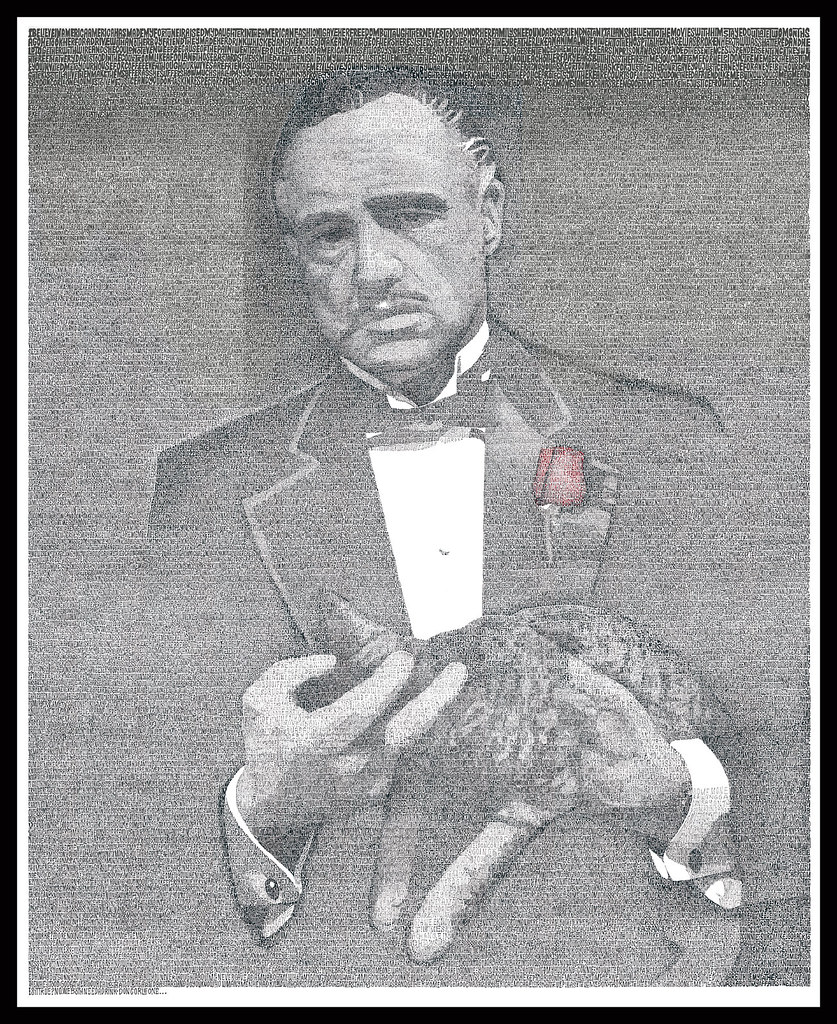
5. **Auteur-Driven Storytelling and Narrative Complexity: Pushing Artistic Boundaries**
The mid-20th century saw a significant ‘shift in filmmaking over the decades’ marked by ‘the depth and originality of storytelling.’ Films from this period often ‘took their time to develop complex narratives, layered characters and meaningful themes.’ The 1960s and 1970s, in particular, heralded ‘the rise of auteur-driven cinema,’ an era where visionary directors like Stanley Kubrick, Francis Ford Coppola, and Martin Scorsese ‘crafting masterful films that pushed artistic and narrative boundaries.’ Their work, encompassing titles like *The Godfather*, *Apocalypse Now*, or *A Clockwork Orange*, wasn’t just about ‘spectacle’; it was about creating ‘immersive experiences designed to challenge audiences,’ fostering a deeper intellectual and emotional engagement.
This commitment to complex, director-led visions continued into the 1980s and 1990s, which witnessed ‘a golden age of both high-concept blockbusters’ such as *Back to the Future* and *Jurassic Park*, ‘and thought-provoking dramas’ like *Schindler’s List* and *Pulp Fiction*. Crucially, even action films of this era ‘had stronger emotional cores, with protagonists audiences could truly invest in.’ This integration of genuine emotional stakes within varied genres meant that films, whether high-octane thrillers or intimate dramas, consistently offered rich narrative tapestries. The stories were meticulously constructed, often demanding active interpretation and rewarding repeated viewings, ensuring their enduring intellectual and artistic value.
In stark contrast, ‘today’s movie landscape’ is often characterized by ‘formulaic scripts, CGI-driven spectacles and reboots.’ Studios frequently ‘prioritise franchises over originality,’ with a clear dominance of ‘Marvel and DC films ruling the box office,’ while ‘mid-budget dramas and original ideas struggle to find theatrical releases.’ This ‘reliance on nostalgia, sequels and reimaginings signals a shift away from risk-taking storytelling.’ The auteur’s bold, singular vision, once a driving force, now contends with commercial imperatives that favor predictable, market-tested formulas. Consequently, the films of previous decades, born from a greater willingness to ‘push artistic and narrative boundaries,’ continue to stand as monuments to cinematic innovation and profound storytelling.

6. **The Decline of Interconnectedness: Substance Over Spectacle**
The evolution of cinema, particularly the ‘shift from traditional filmmaking to the digital age,’ has, in some respects, led to ‘a loss of emotional and thematic interconnectedness.’ Films from the past possessed ‘a timeless quality, tackling universal themes of love, loss, redemption and ambition in ways that resonated across generations.’ Even the most ‘grittiest films had heart, and even the biggest blockbusters had characters who felt real.’ This intrinsic human connection, woven into the fabric of the narrative, allowed these stories to transcend their immediate context and speak to enduring truths, fostering a sense of shared humanity among audiences.
Modern cinema, while benefiting from astonishing technological advancements, frequently ‘prioritise spectacle over substance.’ While these advancements have enabled ‘breathtaking visuals,’ they have ‘sometimes come at the cost of emotional depth.’ The allure of what CGI can achieve often overshadows the meticulous development of character, plot, and theme. As a result, ‘many contemporary films feel like products assembled by algorithms rather than stories driven by genuine passion.’ This can lead to a cinematic experience that is visually impressive but emotionally hollow, leaving audiences entertained in the moment but without the lasting resonance that character-driven narratives provide.
Moreover, this trend has created ‘a growing divide between mainstream blockbusters and niche indie films,’ making it ‘harder for middle-ground, character-driven films to thrive.’ The emphasis on grandiosity and technological wizardry for mass appeal can inadvertently sideline stories that rely on subtle human drama and intellectual engagement. The films that age ‘better’ are often those that put emotional and thematic weight at their core, ensuring that their narratives, regardless of their visual complexity, speak to the human condition with clarity and depth. It is this profound interconnectedness, built on genuine passion and universal themes, that allows older films to maintain their relevance and impact, long after their initial release.

7. **The Attention Span Problem: Navigating the Fragmented Gaze**
One of the most profound shifts challenging contemporary cinema is the dramatic alteration in audience behavior, a phenomenon largely attributable to the ascendance of digital streaming platforms, social media, and short-form content. These ubiquitous platforms, from TikTok to YouTube, have, over time, subtly conditioned viewers to consume entertainment in concise, algorithm-driven snippets, inadvertently fostering a palpable decline in the patience required for engaging with long-form, intricately woven narratives. This reorientation of consumption habits presents a formidable hurdle for filmmakers aspiring to tell stories that demand sustained engagement and deliberate contemplation.
This current landscape stands in stark contrast to earlier cinematic eras, when audiences routinely embraced and were fully immersed in three-hour epics such as *Lawrence of Arabia* or *Titanic*. These longer runtimes were not merely tolerated but often celebrated, indicative of a collective willingness to yield to the film’s rhythm and narrative expanse. Today, however, even a two-hour feature film risks alienating viewers unless it is meticulously structured to deliver a relentless stream of fast-paced action, compelling humor, or jarring twists. The omnipresent ability to pause, skip, or scroll through content has fundamentally recalibrated the very manner in which individuals engage with movies, fragmenting the viewing experience and placing an unprecedented premium on immediate gratification.
Furthermore, this digital migration has unfortunately led to a notable diminishment of the communal cinematic experience. In bygone days, attending the movies was an event of cultural significance; lines for blockbuster premieres often s around city blocks, and animated discussions about films frequently extended long after the credits had rolled. This shared public ritual fostered a collective resonance, transforming individual viewing into a community conversation. Now, however, films are increasingly consumed in isolation, on personal devices such like phones, laptops, or tablets, rendering the experience more fragmented, less impactful, and notably less conducive to the shared emotional and intellectual processing that once defined the theatrical release.
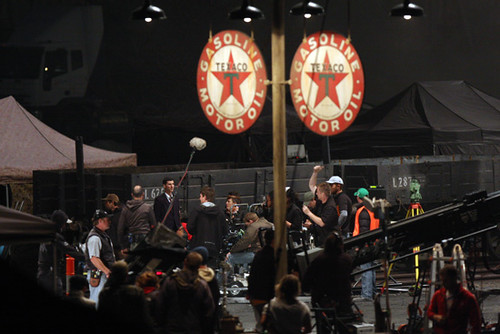
8. **The Nuanced Portrayal of Elderhood: Beyond Stereotypes**
A burgeoning trend within contemporary filmmaking involves the portrayal of older adulthood, with a recent *Guardian* article reporting that “around a third of forthcoming Hollywood productions are being made with an eye on older audiences.” This increased focus is reflected in the release of over 70 major motion pictures addressing aging and elderhood in just the past seven years, signaling a societal shift towards acknowledging the growing presence of older adults and the pertinent question of how to “age successfully.” Movies, serving as a powerful societal mirror, are now tasked with reflecting our culture’s evolving perceptions of later life.
Yet, what often seems conspicuously absent from many cinematic reflections on “successful aging” – mirroring a broader societal lacuna – is a profound recognition of elderhood as a distinct shift in life perspective, a period marked by an ultimate coming to terms with divestment in preparation for life’s final chapter. Our culture, largely uncomfortable with such profound internal reckonings, rarely allows this perspective to manifest authentically in feature films. Consequently, too many cinematic portrayals of elderhood perpetuate a tendency to value it solely through the prism of early adulthood, viewing later years merely as a continuation of earlier life, albeit within the unfortunate context of deteriorating physical capabilities.
This narrow interpretive framework often leads to a simplistic cinematic portrayal of old age as an existential “threat.” Characters in these narratives are frequently depicted either heroically resisting this threat, deploying a tenacious spirit against inevitable decline, or tragically succumbing to it as helpless victims. Rarely do films venture into the more nuanced territory of exploring elderhood as a rich opportunity for profound inner growth, a period to cultivate and relate from a deeper, more integrated sense of self. This omission can, in part, be attributed to the inherent demands of what might be termed “movieness, USA style,” which typically insists on active conflict and clear resolution. The larger the external conflict and the more overt the action required to resolve it, the more ostensibly “better” the movie is deemed; subtle inner growth often fails to conform to this prevailing formula.
However, a few notable exceptions demonstrate a more enlightened approach. Films such as *The Stone Angel*, based on Margaret Laurence’s novel, offer a poignant life review of a 90-year-old character who transcends regrets and finds grace and forgiveness in her final years, illustrating the deep inner work catalyzed by elderhood. Similarly, the Canadian film *Still Mine* beautifully navigates the delicate balance of resisting and accepting the changes that aging inevitably brings, portraying a couple dealing with memory loss with courage, vitality, love, and graceful acceptance, contrasting sharply with the bleakness of films like *Amour*.
Conversely, other attempts, such as *Unfinished Song*, while intending to depict transformation, often veer into formulaic territory, and films like *All Together* and *Last Vegas* regrettably degenerate into insensitive farces or clumsy plots, failing to delve into the authentic complexities of later life. These examples underscore the ongoing challenge for filmmakers: to transcend superficial narratives and offer genuinely insightful portrayals of elderhood that resonate with its true potential for wisdom, acceptance, and profound self-discovery.
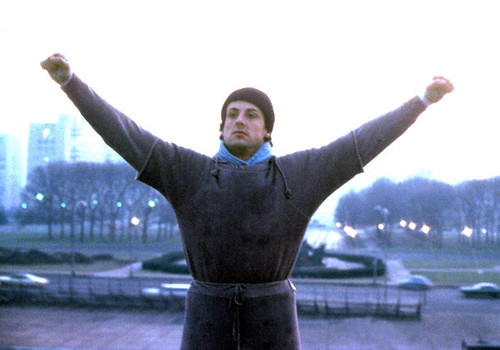
9. **The Pervasive Influence of Nostalgia: Rose-Tinted Rewinds**
The movies of our youth, much like a cherished, comforting old sweater, occupy a singularly special place within our hearts, a phenomenon often intensified by the pervasive influence of nostalgia. As this powerful sentiment washes over us, a warm, wistful wave, we invariably perceive the cinematic classics of our coming-of-age years through a distinctly “rose-tinted” lens. This affectionate longing for the past frequently shapes our appreciation, leading to a romanticized view of bygone eras of filmmaking, such as the 1990s, which many might recall as a period of audacious creativity and sparkling originality.
This nostalgic filtration particularly impacts our recollection of core cinematic elements, such as writing and acting. We tend to selectively recall the “superb wit and imagination” that flowed from the screenplays of that era, remembering the “profound philosophical ponderings in *The Matrix*” or the “hilarious hysterics” of *American Pie*, often overlooking any potential plot holes or clunky dialogue that might not have aged with quite as much grace. Similarly, our “nostalgic gaze” often fixes solely on the “remarkable heights of 90s performances,” envisioning Brad Pitt as the quintessential embodiment of Durden’s anarchic charisma in *Fight Club*, perhaps overlooking that every cinematic era is, in reality, replete with its own share of prodigious talents.
The same selective memory applies to our perception of blockbusters from these cherished years. When reminiscing about the “giddy 1990s blockbusters” experienced in youth, nostalgia predominantly invokes “the emotional exhilaration and sheer entertainment” conjured by masters like Spielberg and Cameron at the zenith of their powers. Minor cringe-worthy special effects or corny one-liners often fade from memory, eclipsed by the overriding sense of wonder and excitement. As “The Nostalgia Critic” aptly noted, “Nostalgia is a powerful thing. It makes us blind to flaws and sees only the good in the things we used to love.”
Crucially, this phenomenon is not unique to any single generation, but rather an intrinsic aspect of the human experience. The same emotional allegiance will undoubtedly hold true for subsequent generations, those raised on the immersive narratives of the *Harry Potter* films or Christopher Nolan’s meticulously crafted caped crusaders. In a quarter-century, today’s youth will likely look back with an equally “misty-eyed” reverence upon *Avengers: Endgame* as the crowning glory of cinema, perhaps turning their noses up at whatever virtual reality or hologram extravaganzas captivate their own children. This cyclical nature underscores that the “classics of our era” are not universally superior, but deeply personal, holding a unique and often mythical status born of nostalgic memory.
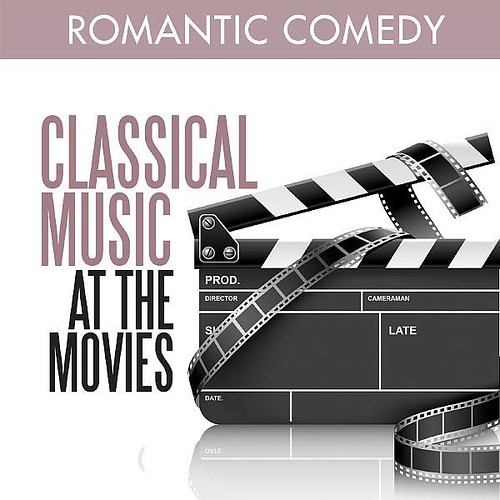
10. **Film as an Agent of Social Change: Reflecting and Shaping Our World**
Upon deeper reflection, one must concede that a purely nostalgic veneration for the cinema of past decades, however comforting, risks overlooking a vital transformational purpose that many of today’s films actively strive to fulfill. Modern cinema has consciously evolved beyond mere escapist entertainment, aspiring instead to become a potent agent of social change. It does so by deliberately spotlighting systemic inequalities and championing diversity, thereby acting as a crucial vessel for driving real-world progress and fostering societal introspection.
Unlike many classics of the 90s and earlier, which often dwelled in comforting fantasies or narratives centered on a narrow demographic, current cinema explicitly mirrors society’s burgeoning desire for broader representation and radical inclusion across a spectrum of gender identities, racial backgrounds, ual orientations, and belief systems. Groundbreaking and commercially successful films such as *Black Panther*, *Barbie*, *CODA*, and *Turning Red* have intentionally given prime screen time to historically marginalized groups, enabling them to share stories that resonate powerfully and authentically with previously underserved audiences. This commitment signifies a profound shift in cinematic purpose, from reflecting a singular cultural narrative to fostering a multitude of voices.
Furthermore, a new wave of envelope-pushing directors skillfully employs their artistic lens to hold a critical mirror to societal deficiencies, refusing to simply amuse or distract. Movies like *Don’t Look Up*, *The Big Short*, and *Get Out* offer incisive and searing satirical critiques of pervasive greed, dangerous denialism, and entrenched racial injustice, respectively. These films are no longer content with merely providing humor or suspense; they aim to provoke thought, challenge complacency, and ignite crucial conversations about the contemporary world. This marked shift from pure entertainment to social commentary underscores a maturation of the art form’s perceived responsibilities.
Critically, this evolution has fostered a global audience dynamic where cinema serves as a powerful conduit for collective expression and solidarity. Viewers worldwide now connect through film to express unity around pressing social causes such as #MeToo, climate change awareness, and various civil rights movements. Whereas an earlier generation might have reminisced about 90s movies primarily for their “sheer escapist thrills,” today’s socially conscious audience, particularly younger demographics, unequivocally recognizes and embraces film’s intrinsic power to spotlight injustice and galvanize collective action. This profound shift imbues modern cinema with a more meaningful and impactful legacy, moving beyond fleeting entertainment to contribute to lasting positive change.
Read more about: Victoria Principal: Unforgettable Star of ‘Dallas’ and a Life Beyond the Spotlight

11. **Hollywood’s Cyclical Embrace of Reboots and Remakes: The Familiar Refrain**
The landscape of contemporary Hollywood often presents a curious paradox: while it ostensibly seeks innovation, it simultaneously appears to be caught in an “eternal cycle” of self-repetition. “Tinseltown endlessly recycles itself,” as studios consistently bank on the proven appeal of nostalgia. This commercial imperative manifests most overtly in the ceaseless stream of reboots and remakes, drawing from familiar narratives that once captivated the public imagination. Recent years have seen the re-imagining of cherished 90s fixtures, from *Jurassic Park* to *The Matrix*, and even the 2023 resurgence of *Hocus Pocus*, underscoring a consistent gravitation back towards pre-established intellectual properties.
This reliance on the familiar is not merely an incidental trend; it signifies a deeper, more pervasive “creative conservatism.” As previously noted, the industry often struggles with originality, with a multitude of “modern” movies existing primarily as “remakes of older classics.” This tendency, driven by the perceived safety of known quantities, frequently involves “rebranding older movies thanks to fancy new technology,” rather than embarking on the inherently riskier endeavor of venturing into uncharted narrative territories with entirely new concepts. This commercial calculus prioritizes replication over genuine invention, signaling a retreat from narrative pioneering.
Indeed, this strategy has profound implications for the overall health of cinematic storytelling. The contemporary movie landscape is often dominated by “formulaic scripts, CGI-driven spectacles and reboots,” a clear testament to studios prioritizing established “franchises over originality.” The overwhelming box office dominance of “Marvel and DC films,” while financially successful, often means that “mid-budget dramas and original ideas struggle to find theatrical releases.” This “reliance on nostalgia, sequels and reimaginings signals a shift away from risk-taking storytelling,” pushing the industry towards a predictable, market-tested formula rather than fostering the bold, singular visions that characterized earlier eras.
Yet, even amidst this cyclical return to the familiar, there is a subtle thread of evolution. The innovators who push cinematic frontiers today are, in many respects, standing “on the shoulders of pioneers from previous eras,” such as the gritty realism of 1970s cinema that laid groundwork for subsequent explorations of urban realities. While the tools of filmmaking and the broader social contexts invariably transform with each age, influencing the “fresh ideas” that emerge, the fundamental threads tying compelling narratives together run deep and endure. This suggests that while Hollywood may often return to familiar wells, it is also continually reinterpreting and recontextualizing these stories through a contemporary lens, albeit with varying degrees of success.
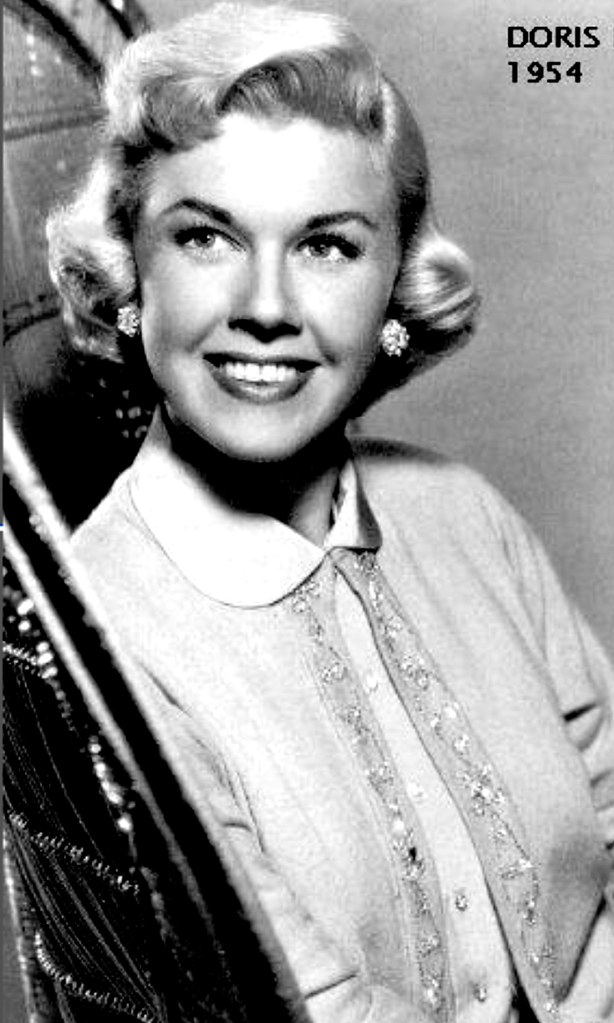
12. **A Concluding Reflection: The Enduring Power of Narrative**
Cinema, as an ever-evolving art form, remains perpetually shaped by the intricate interplay of technological progress, shifting audience preferences, and broader cultural tides. While the decades from the 1960s through the 1990s undoubtedly bequeathed to us some of the most iconic films and indelible performances, it would be an oversight, and indeed unfair, to declare contemporary cinema entirely devoid of merit. A new generation of filmmakers, including visionaries like Denis Villeneuve, Christopher Nolan, Greta Gerwig, and Jordan Peele, continue to push artistic and narrative boundaries, reminding us that innovation persists.
Nevertheless, an undeniable and fundamental shift has occurred in how movies are conceived, produced, consumed, and ultimately remembered. The decline of the traditional, enigmatic ‘movie star,’ the increasing challenges faced by truly original storytelling, and the pervasive impact of social media and streaming platforms have collectively reshaped the very foundations of the industry. This transformation has altered the audience’s engagement, often favoring ephemeral entertainment over lasting artistic resonance. Yet, amidst these profound changes, one truth remains steadfast: “great stories will always have a place,” whether they are experienced in the hallowed silence of a grand theater or streamed intimately within the confines of a home.
This brings us to a crucial juncture for the industry: will it relentlessly chase fleeting trends, driven by algorithms and commercial imperatives, or will it endeavor once more to cultivate and create timeless art? The future of cinema, much like its storied past, hinges significantly on whether filmmakers can collectively “recapture the magic that made past eras so unforgettable.” This necessitates a renewed commitment to the authenticity of human experience, unbounded creativity in narrative expression, and an unwavering resilience in pursuing visions that transcend the immediate and connect with universal truths. The evolving landscape of film careers, indeed, increasingly “rewards authenticity, creativity, and resilience,” suggesting that a unique vision and profound experience can still play a leading role in shaping the industry’s trajectory.
Ultimately, the enduring power of compelling narratives, regardless of their era, lies in their ability to resonate deeply, to reflect and shape the intricate tapestry of the human experience. As Sydney J. Harris so astutely observed, “Our dilemma is that we hate change and love it at the same time; what we really want is for things to remain the same but get better.” This encapsulates the inherent human tension between desiring continuity and yearning for improvement. Cinema, at its best, navigates this dilemma, offering us reflections of ourselves that are both comfortingly familiar and exhilaratingly new, ensuring its timeless allure.

